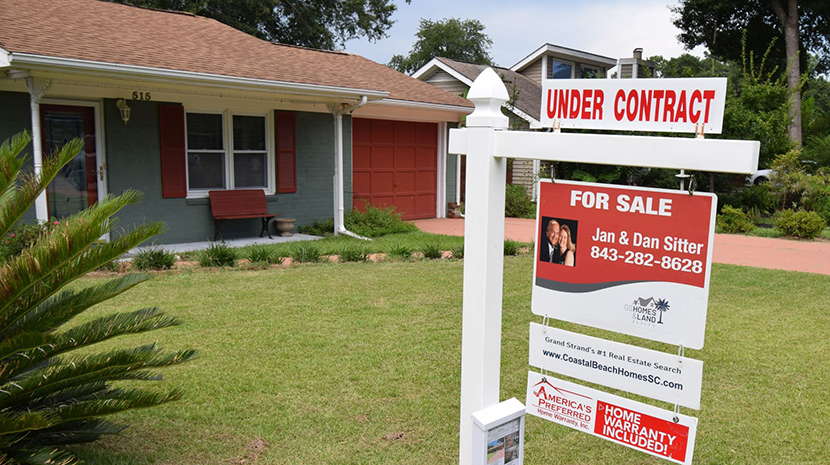
Record-Low Inventories Drive Record-Low Contract Periods

With record-low housing inventories and sharply increasing home prices, what else could happen? How about record-low contract periods, according to both Redfin, Seattle, and Zillow, Seattle.
Redfin reported 55% of homes nationally went under contract in less than two weeks for the four-week period ending Jan. 24, the highest point since at least 2012. Pending home sales rose by 30% year over year. This happened as new listings for homes for sale fell by 12% from a year earlier (the largest decline since May), while active listings—the number of homes listed for sale at any point during the period—fell 35% from 2020 to a record low.
The report also noted the average sale-to-list price ratio, which measures how close homes are selling to their asking prices, increased slightly to 99.3%—1.6 percentage points higher than a year earlier.
“Buyers are incredibly hungry for listings, but unfortunately there isn’t much to choose from, and that scarcity is making buyers all the more frenzied,” said Redfin chief economist Daryl Fairweather. “As a result, the majority of the homes that hit the market are getting multiple offers right away. Not only do you have to be fast to win a home, you have to be prepared and resourceful. I recommend that buyers on a tight budget target homes that are priced 5 to 10 percent below their maximum price so they have room to increase their offer in a bidding war.”
The report can be accessed here.
Meanwhile, Zillow cautioned with mortgage rates at historic lows and homes flying off the market in record time, many prospective home buyers may be contemplating whether to buy now or wait until the frenzy slows down a bit. But the market is poised to stay red hot for some time, and a new Zillow analysis shows how waiting might add hundreds of dollars to a monthly mortgage payment.
Zillow said 2021 should be an incredibly strong year for housing, forecasting 21.9% more sales than last year — the most in nearly four decades — and home values to rise 10.5% by December 2021.
That growth stems from a unique combination of market conditions, including extremely low interest rates, a wave of millennials who are aging into peak home buying years, and people re-evaluating their housing needs in light of COVID-19 and newfound freedom to work remotely. The increased adoption of tech tools that speeds up searching and purchasing also contributes to the incredibly competitive market.
“The best time to buy a home should always be when it’s the right time for your family,” said Zillow home trends analyst Amanda Pendleton. “However, home shoppers would be wise to gather as much information as possible and use it to make smart decisions that maximize their buying power. For someone ready to buy, jumping in sooner rather than later could mean a savings of hundreds of dollars a month. Or, more likely, it could mean having to make fewer tradeoffs to stay within budget.”
Zillow said homeowners should consider refinancing soon, as well. A homeowner refinancing a typical U.S. home would pay $861 a month after refinancing at today’s average rate. If rates climb to 3%, it will cost an extra $36 a month. If rates jump to 3.5% or 3.75%, monthly payments would increase to $956 and $986 respectively. And in more expensive coastal markets, the savings easily reaches hundreds of dollars a month.
“Rates are near historic lows, and we expect rates to hover near current levels through the first quarter of 2021,” said Zillow senior economist Chris Glynn. “Although we expect rates to slightly increase as the economy recovers from Covid-19, it remains to be seen when that recovery truly gains traction. While these rate fluctuations may seem like small changes, when homeowners do the math it is clear how lower rates can significantly reduce monthly payments for the life of the mortgage.”
